Here’s some JK locker modification ideas to enable use the factory lockers in 2wd and 4hi. We have received many questions from readers regarding the operation of the JK Rubicon lockers in 2 wheel drive and 4 wheel drive high range. The new JK is very dependent on it’s computer system and the locker work around is not nearly as simple as a hot wire. Most methods involve “fooling” the computer into “thinking” one thing or a form of hot-wiring.
Evidently the JK computer is very integrated and will see through the hack by seeing the Jeep is moving at a higher speed than is possible in low range (The JK will re-engage the front sway bar and disengage the lockers at speeds greater than 18 mph). Excess speed may cause the computer to generate error codes, perhaps causing warranty implications or cause the Jeep to behave erratically. The TJ style switch modification will not work since the instrument cluster and all of the driver controls and switches communicate with the computer using the CANbus system.
We have compiled from various internet sources methods and ideas of getting around the JK locker operation. Use these modifications at your own risk.
F-f-f-foolin method
This JK locker modification allows you to use the lockers in all transfer case positions and should allow the sway bar disconnect to operate as well. It will also allow the ESP to operate in all three modes. With this option the ECM will simply think the transfer case is always in 4 low.
Background: The Totally Integrated Power Module (TIPM) provides sensor ground to the transfer case and many other components. This is on pin 28 of connector C1. The transfer case switch then returns a MODE SENSOR SIGNAL back to the TIPM on pin 3 of connector C1 (Yellow/Light Green). This signal varies in resistance as follows:
Operating Mode Versus Resistance SENSOR POSITION OPERATING MODE SENSOR RESISTANCE (ohms)
Position/mode/ohms
1/2H/1124-1243
2/4H/650-719
3/NEUTRAL/389-431
4/4L/199-221
5/NOT USED/57-64
During normal vehicle operation, the Powertrain Control Module (PCM) monitors the transfer case position sensor return voltage to determine the operating mode of the transfer case. Refer to the Operating Mode Versus Resistance table for the correct resistance (1-6) for each position.
So if one simply connects this return signal to ground, which is the equivalent of 0 ohms, causes the TIPM to assume the transfer case is in 4 low. A good modification would be to install a SPDT switch to connect the signal return circuit through a 220 ohm resistor to ground.
Description of the Transfer Case Position Sensor from the Factory Service Manual:
The transfer case position sensor is an electronic device whose output can be interpreted to indicate the transfer case’s current operating mode. The sensor consists of a five position, resistive multiplexed circuit which returns a specific resistance value to the Powertrain Control Module (PCM) for each transfer case operating mode. The sensor is located on the top of the transfer case, just left of the transfer case centerline and rides against the sector plate roostercomb. The PCM supplies 5VDC (+/- 0.5V) to the sensor and monitors the return voltage to determine the sector plate, and therefore the transfer case, position.
There are two wires going to this sensor. One is Yellow with a Light Green stripe and goes to pin 1 on the connector. This is the wire you want to connect to ground with a new switch. The other is Dark Blue with a Yellow stripe and goes to pin 2 on the connector. This wire should show +5 volts with the ignition turned on.
TIPM location: The TIPM is located in a plastic box directly in front of the battery. See illustration.
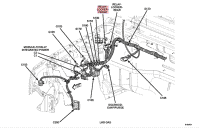
This modification will still cause the lockers and sway bar to return to normal mode after reaching speeds greater than 18 mph.
Consideration: The problem with the above method is that the following things act different in 4 low: Speedometer, ABS, transmission shifting, throttle pedal gain (sensitivity), target engine idle plus a few others. There are tell-tales that were designed to detect a malfunctioning transfer case range selector. If you do this, the FCM and I believe CCN will set a DTC. Your dealer WILL be able to see it when you service the Jeep. Probably bad for your warranty.
Consideration: Some have reported doing this mod with no problems and no codes even after a dealer visit.
Most sources say the above method is most reliable and least invasive.
Total Locker Control
This JK locker modification allows complete control over each locker independently. It is a simple modification as well. It is reported that the locker indicators on the dash will simply blink whenever you use this modification. The computer may also set a trouble code but this has not been confirmed. This modification is based on this wiring diagram:
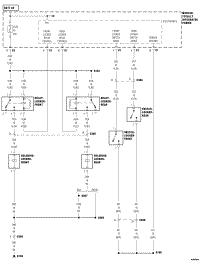
To control the rear locker you simply need to ground pin 42 of C1 from the TIPM (violet/light green). To control the front locker you simply need to ground pin 41 of C1 from the TIPM (violet/dark blue).
Like in the other above method the FCM monitors it’s locker relay output for any unspecified draw or source. The FCM will set a DTC or a tell-tale in this event as well. Your dealer WILL be able to see it when you service the Jeep. Probably bad for your warranty.
Consideration: This method may not be subject to the 18 mph speed limit. Locker operation will continue until switched off.
Consideration: There may be problems with the lockers on and the ESP system in full effect. The ESP monitors steering position, wheel speed, etc. When you would make a corner with the rear locker on both wheels will maintain the same speed. The ESP may misinterpret this as a wheel with loss of traction and cause the system to try to compensate using throttle control and ABS.
A Few Thoughts…
Perhaps it’s not really needed to have the use of the lockers in 2WD or 4WD HI. The JK makes very effective use of the electronic traction control especially in rain and snow conditions. Why not just go to 4 LOW if the conditions require locker use? Poking around the complex electronic system that makes the JK is risky and can be costly.



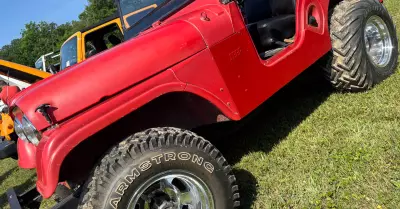
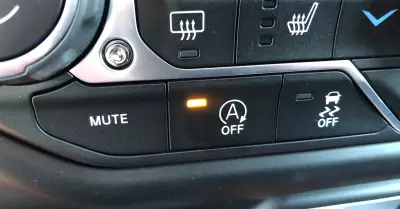
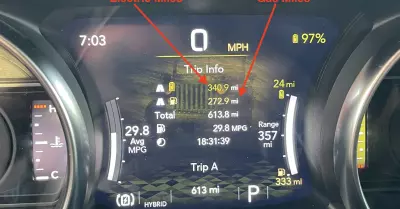
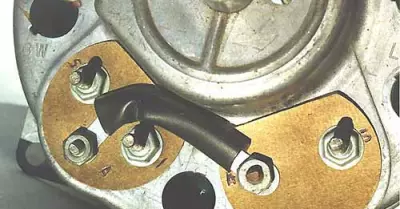
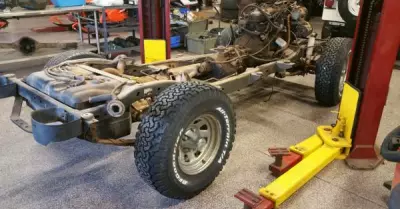
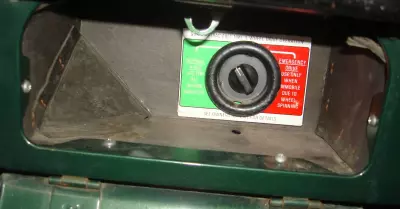
[…] out this link or search for JK locker mod or bypass https://www.jeepfan.com/tech/jeep-jk-wrangler-rubicon-locker-modifications-hacks-cheats/ __________________ 5 Speed XJ Build – Daily Driver & Weekend Wheeler 1978 CJ5 Resto, w/ […]